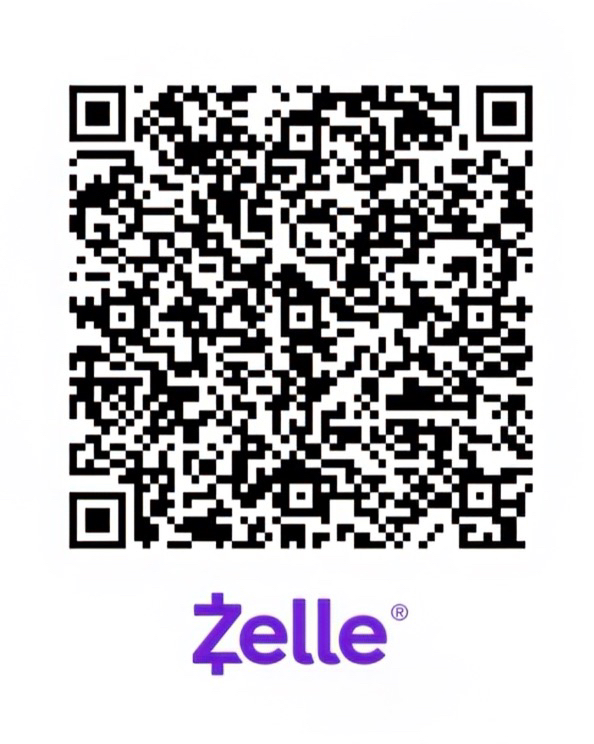Report a Bug
Thanks for your help!
Your feedback has been sent to our team.
- School of Engineering & Applied Science
- Electrical & Computer Engineering
-
ECE 6435
Computer Architecture and Design
Rating—
Difficulty—
GPA3.54
Last TaughtSpring 2026
Integration of computer organization concepts such as data flow, instruction interpretation, memory systems, interfacing, and microprogramming with practical and systematic digital design methods such as behavioral versus structural descriptions, divide-and-conquer, hierarchical conceptual levels, trade-offs, iteration, and postponement of detail. Design exercises are accomplished using a hardware description language and simulation. Prerequisite by topic: Digital Logic Design (ECE 2330 or equivalent), Introductory Computer Architecture (ECE 3330 or equivalent), Assembly Language Programming.
-
ECE 5241
Optics and Lasers
Rating—
Difficulty—
GPA3.55
Last TaughtFall 2024
Reviews the electromagnetic principles of optics; Maxwell's equations; reflection and transmission of electromagnetic fields at dielectric interfaces; Gaussian beams; interference and diffraction; laser theory with illustrations chosen from atomic, gas and semiconductor laser systems; detectors including photomultipliers and semiconductor-based detectors; and noise theory and noise sources in optical detection. Prerequisite: ECE 3103, 3209, 3750.
-
ECE 6163
Solid State Devices
Rating—
Difficulty—
GPA3.55
Last TaughtFall 2024
Introduces semiconductor device operation based on energy bands and carrier statistics. Describes operation of p-n junctions and metal-semiconductor junctions. Extends this knowledge to descriptions of bipolar and field effect transistors, and other microelectronic devices. Related courses: ECE 5150, 6155, and 6167. Prerequisite: ECE 3103 or equivalent, or solid state materials/physics course.
-
ECE 6782
Machine Learning in Image Analysis
Rating—
Difficulty—
GPA3.56
Last TaughtFall 2025
This course focuses on an in-depth study of advanced topics and interests in image data analysis. Students will learn practical image techniques and gain mathematical fundamentals in machine learning needed to build their own models for effective problem solving. The graduate students (ECE/CS 6501) will be given additional programming tasks and more advanced theoretical questions.
-
ECE 4907
Electrical and Computer Engineering Research Projects
Rating5.00
Difficulty4.00
GPA3.58
Last TaughtSpring 2026
Under faculty supervision, students plan a project of at least one semester's duration, conduct the analysis or design and test, and report on the results. If this work is to be the basis for an undergraduate thesis, the course should be taken no later than the seventh semester. Prerequisite: Instructor permission.
-
ECE 2300
Applied Circuits
Rating4.00
Difficulty4.00
GPA3.59
Last TaughtSpring 2026
This course introduces electrical engineering theory and its application to circuits containing active and passive circuit elements. Content includes fundamental concepts such as voltage, current, power, energy and Ohm's Law as well as circuit analysis techniques including node-voltage and mesh-current based on circuit laws and theorems such as Kirchhoff Laws, source superposition, and equivalent circuits. Prerequisite: Must have completed (APMA 1110 or MATH 1320) AND (ENGR 1624 or ENGR 1410 or ENGR 2595 Topic Engineering Foundations I or ENGR 1010)
-
ECE 2600
Electronics
Rating4.50
Difficulty3.00
GPA3.63
Last TaughtSpring 2026
Studies the modeling, analysis, design, computer simulation, and measurement of electrical circuits which contain non-linear devices such as junction diodes and field effect transistors. Includes the gain and frequency response of linear amplifiers, power supplies, and other practical electronic circuits. This course is taught in a studio style with mixed lecture and lab. Pre or Corequisite: APMA 2130 and ECE 2700 AND Prerequisite: (ECE 2300 or ECE 2501 Topic Applied Circuits (link 15599)
-
ECE 4501
Special Topics in Electrical and Computer Engineering
Rating2.92
Difficulty3.00
GPA3.63
Last TaughtSpring 2026
A fourth-level undergraduate course covering a topic not normally covered in the course offerings. The topic usually reflects new developments in the electrical and computer engineering field. Offering is based on student and faculty interests.
-
ECE 6332
VLSI Design
Rating5.00
Difficulty5.00
GPA3.64
Last TaughtSpring 2026
Digital CMOS circuit design and analysis: combinational circuits, sequential circuits, and memory. Second order circuit issues. Global design issues: clocking and interconnect. Use of Cadence CAD tools. Semester long team research project investigating new areas in circuit design. Prerequisites: ECE 2630, ECE 2330.
-
ECE 2410
Intro to Machine Learning
Rating—
Difficulty—
GPA3.67
Last TaughtSpring 2026
Learn about and experiment with machine learning algorithms using Python. Applications include image classification, removing noise from images, and linear regression. Students will collect and interpret data, learn machine learning theory, build systems-level thinking skills required to strategize how to break the problem down into various functions, and to implement, test and document those functions. Prerequisite: CS 111X
Recently Viewed
No course sections viewed yet.

